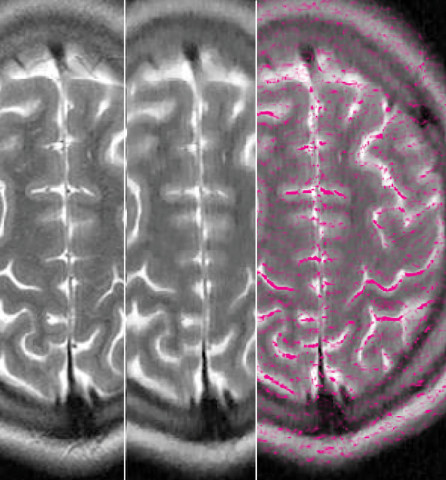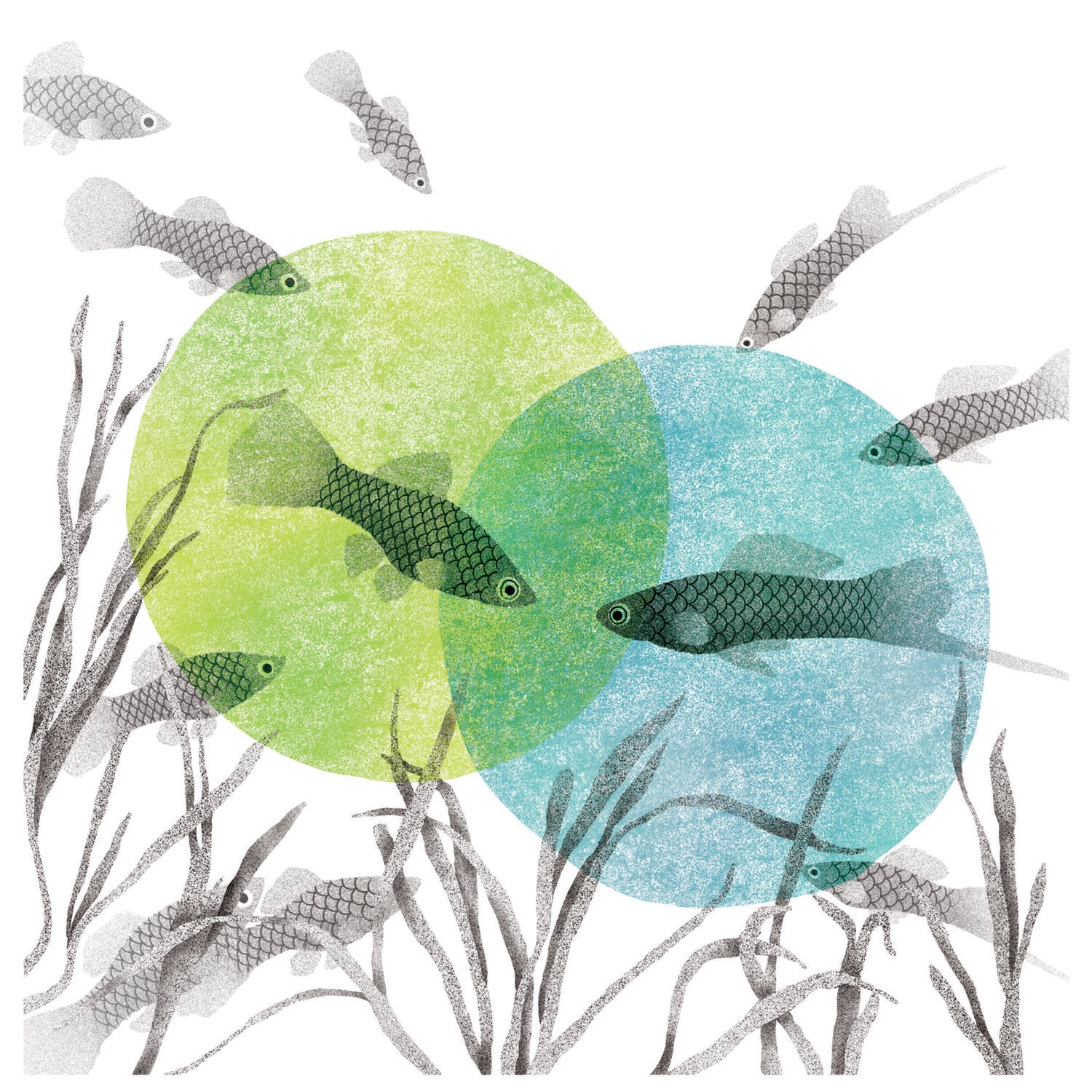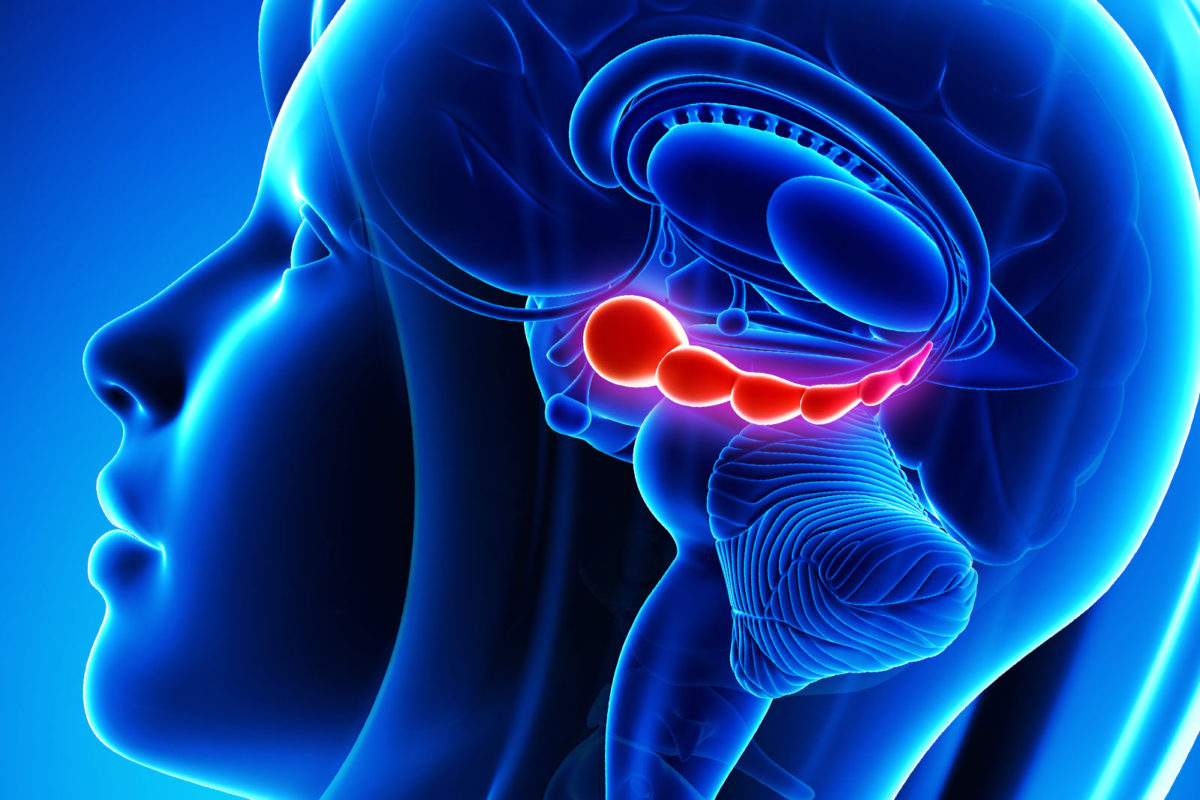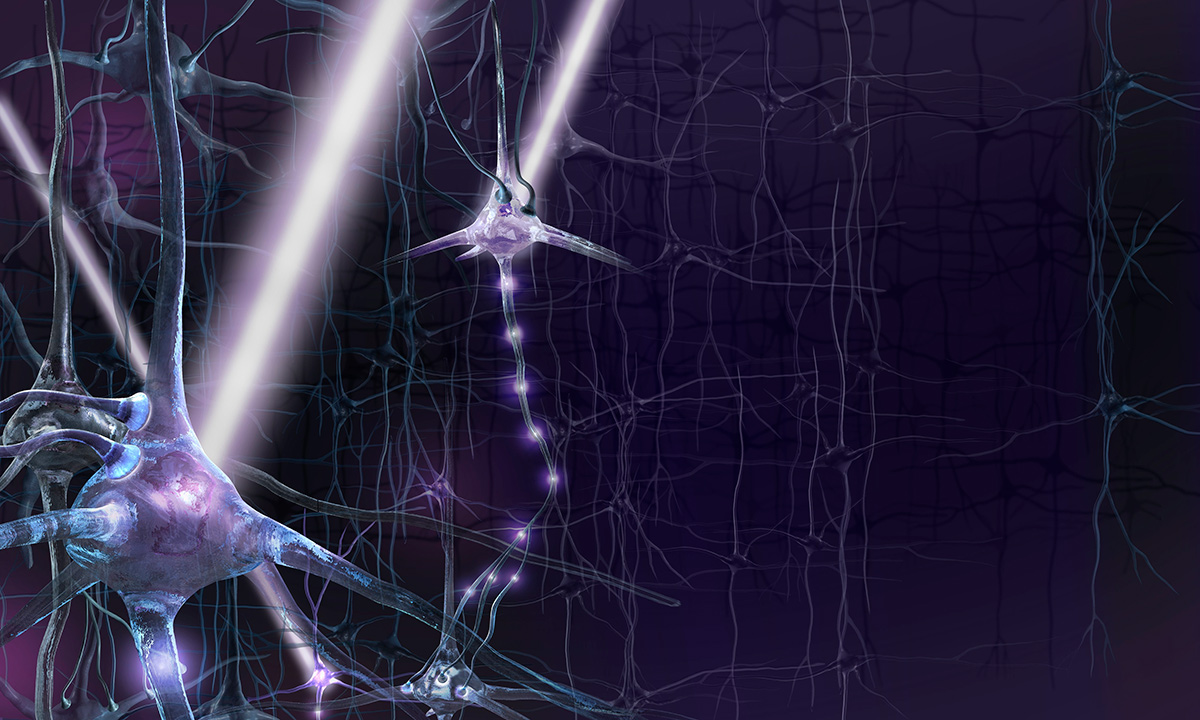News
Read the latest news from the College of Natural Sciences at The University of Texas at Austin
The Texas Scientist
Imaging, Reimagined
Rachel Ward is exploring ways to produce faithful high-resolution MRI images more quickly and at a lower cost with the help of artificial intelligence.

Alma Solis’s Research Helps Protect Farms from Pests and Control Invasive Plants
Field trips to a biological station in a cloud forest in northeastern Mexico sparked her interest in biology

New Chair for Statistics and Data Sciences Envisions Era of Growth for Department
Kate Calder remarked about the notable support from College of Natural Sciences and university leadership for growing statistics and data science research, education and outreach...

Undergraduate-Led Team Discovers Two New Planets Using Artificial Intelligence
Undergraduate astronomy student Anne Dattilo and colleagues used artificial intelligence to discover two exoplanets in data collected by the Kepler space telescope.

Mathematics’ Highest Prize Awarded to UT Austin’s Karen Uhlenbeck
The Norwegian Academy of Science and Letters has named Karen Uhlenbeck its 2019 Abel Prize award winner.

A Love Letter from Texas Scientists to the Periodic Table
We're celebrating the 150th anniversary of the periodic table. Join us as we tour the cosmos, from the microscopic to the telescopic, with four scientists studying...

The Texas Scientist
The Mating Game
Across the animal kingdom, males and females of the same species are often locked in an evolutionary battle of the sexes.

Astronomer David Lambert Named 2019 Distinguished Texas Scientist
This honor reflects distinguished contributions to science through research and publication that has garnered recognition at the national and international level.



